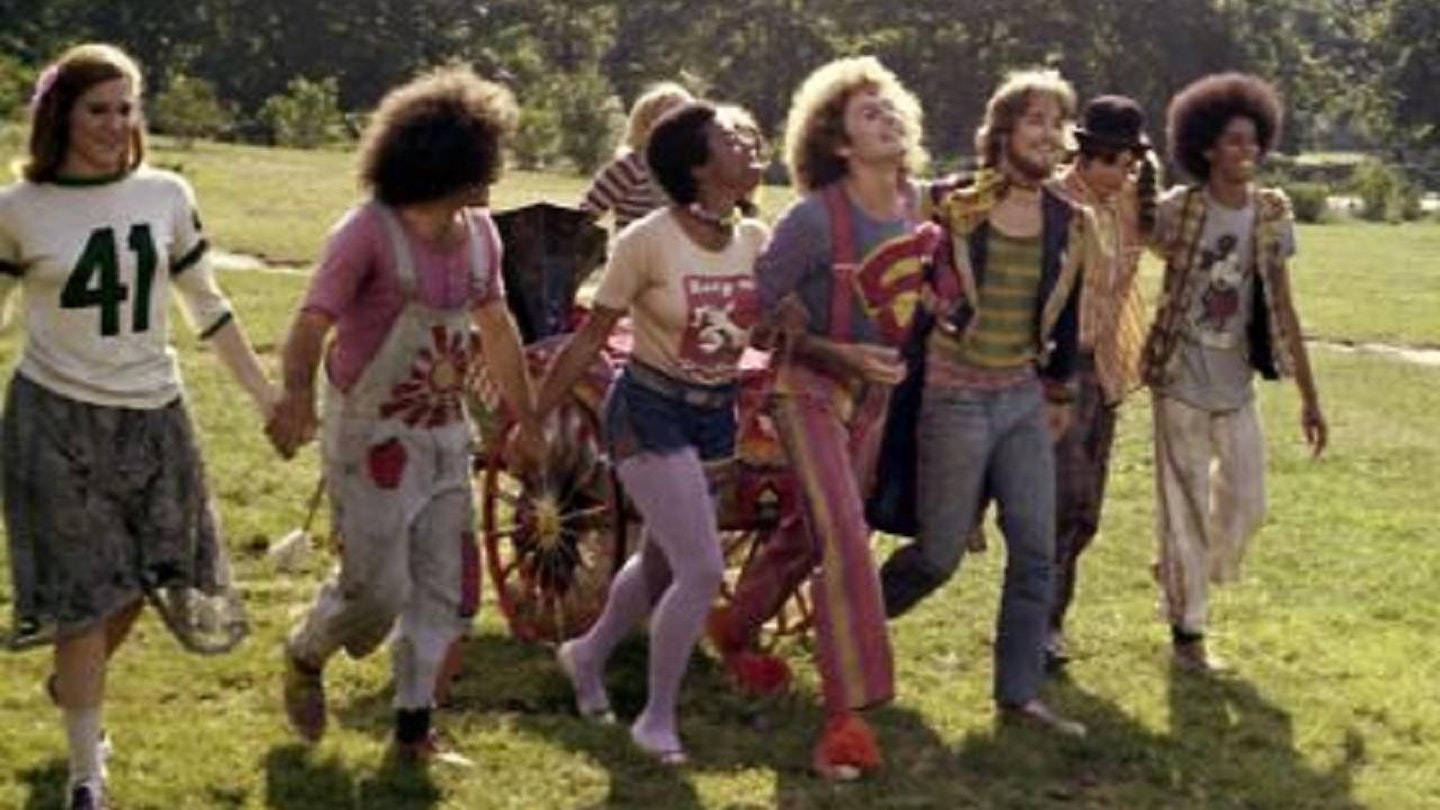Despite their obvious differences, it's surprisingly easy to draw parallels between Pier Paolo Pasolini and Christ. Both abandoned the religion of their youth and so alarmed the authorities with their outspoken views that they were charged with blasphemy. Both presented fresh interpretations of established texts - Christ the Old Testament, Pasolini the plays of Sophocles, the masterworks of medieval literature and, of course, Matthew's gospel. And both lived among society's outcasts and perished at the hands of the very people they sought to champion.
It's not difficult, therefore, to see why the gay, Marxist poet and film-maker would be drawn to the life and teachings of a Jewish carpenter. Pasolini was inspired to make the film after realising that Christ's message was as politicised as it was compassionate and he quotes directly from scripture throughout.
A dedication to the late Pope John XXIII and a visual style that astutely combined the revolutionary and the reverential went some way to deflecting Vatican criticism. The tableaux owed much to devotional art, while the restrained depiction of the miracles and the crucifixion contrasted with the sentimental pictorialism of Hollywood offerings like King of Kings. But the employment of handheld cameras and zoom lenses enabled Pasolini to achieve a modernity that had its roots in Carl Theodor Dreyer's The Passion of Joan of Arc, neo-realism and the nouvelle vague.
More contentious was Pasolini's choice of cast. Spanish architecture student, Enrique Irazaoqui was selected for Christ because of his El Greco-like demeanour (although he was dubbed by Enrico Maria Salerno), while the director's mother, Susanna, played the Virgin Mary. Other roles were taken by Calabrian peasants and notable literary figures, with Roman trucker Otello Sestili essaying Judas.
There was an inevitable Marxist backlash against the film's reactionary ideology' and Pasolini admitted to being ashamed of some moments of disgusting pietism'. Yet it won the Special Jury Prize at Venice and an award from the International Catholic Film Office.
